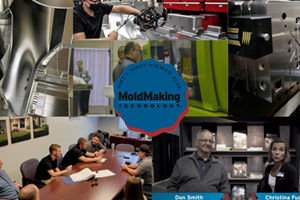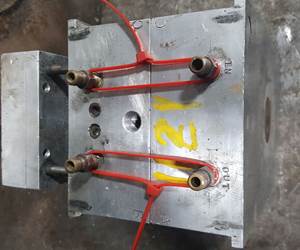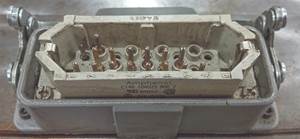Color Matching for Mold Weld Repair
Experience and careful attention to detail are the key requirements to a predictable and consistent color match.
There are many reasons why molds and dies need to be welded—they get cracked, chipped or broken. However, most of the time it is because of engineering changes that have been made late in the product development process where repairing the mold is less expensive than manufacturing a new one. One consistent factor is that the manufacturer does not want to see a weld line showing in the finished part, which is particularly true when there is a uniform surface texture such as a grain pattern.
To prevent welds from ultimately showing up on the part, the mold requires a welding process that uses color matching. The term color match describes a heat treating procedure by which the base material, HAZ (heat affected zone) and the weld deposit regions in the cavity of welded mold steel are processed to achieve perfectly uniform weld grain structure for texturing and/or diamond polishing. To restore a welded cavity surface to pre-weld consistency prior to acid etching or diamond polishing, the metal must be re-tempered to remove any hardness variations and grain growth created by the weld arc streams. There are no shortcuts to proper color matching, and experience plays a very large roll in performing it successfully. That’s why it is more of an art than a science.
Back in 1975 color matching was being done with welding torches, which was basically the technology of the time. It didn’t take long to figure out that you couldn’t eyeball 32 Rc, so applying MIG and TIG welding as well as developing your own heat treat department with controlled-atmosphere furnaces was necessary.
Today’s mold repair houses should have a number of on-site furnaces to accommodate any size job as well as provide effective stress relieving and normalizing of P20, S7, and H13, A2 and D2 tool steels. When preheats and postheats are not properly taken care of it will result in inconsistent and non-uniform hardness and a non-uniform surface, and the tool is in jeopardy of cracking. Even today, many mold manufacturers don't have any means of heating tools other than a torch, which is completely inappropriate because there is no way of controlling atmosphere and temperature. It’s like baking with the oven door open. It’s critical that there is uniform heat through the whole piece.
Typically customers ask that the repaired or modified mold area have a hardness of 32-36 Rc . The mold material first needs to be analyzed to determine the proper electrode size and filler metal to match the tool steel composition, so the specific heat treatment method can be determined. Qualifying hardness of the steel determines the materials to be used as well as the tempering curves to be used with the materials that are being welded.
In the process, it is not always necessary for the filler metal used to perfectly match the composition of the tool steel being welded. However, the material should be as close as possible otherwise you will get a difference in chemistry and heat treatment will not be able to correct it. Because manufacturers of filler materials today have such a wide array of alloys--with well defined properties and specifications as they relate to the weld deposit— it has become much easier to identify the appropriate material to use. The welding technician typically works with the steel manufacturers and steel suppliers to target the correct filler alloys and make sure they are compatible. If it’s P20, you must make sure you use P20.
Typically the mold area to be modified or repaired is rough ground to provide a uniform depth for the weld deposit. It takes very skilled welding technicians to work with these types of weld filler materials and evenly apply the right amount of weld build-up to ensure that the final dimensions can be produced. Strict adherence to AWS standards and requirements should be maintained.
After the weld material has been applied, the weld deposit areas are annealed to make sure that the area has a uniform hardness of approximately 44-48 Rc . This allows for re-tempering with draw temperatures of 1100 to 1125º F to get down to 32-36 Rc if the weld area is going to be machined or acid etched. For every 25 degrees of heat, there is a corresponding 1 pt. of hardness.
Summary
Manufacturers continue to prefer to make mold/die changes if possible, and not make new molds/dies. It's a matter of time and money. And short cuts just don't work if you're going to color match and restore a welded cavity surface to pre-weld consistency prior to etching or diamond polishing. Highly-skilled technicians and welders are necessary, and having in-house steel treating furnaces ensures that the right level of re-tempering is performed to remove any of the hardness variations or grain growth that was created by the weld arc streams. We want a mold to emerge from the furnace looking like new
Related Content
Most-Viewed Content of 2022
The most popular MoldMaking Technology content according to analytics reports over the past 12 months.
Read MoreWhat You Should Know About Injection Mold Safety Straps
Every mold should have one in order to be safe and OSHA compliant.
Read MoreHow to Maintain Heaters, Thermocouples, Valve Gates and Controls
An examination of real-world problems and solutions involving hot runner system maintenance.
Read MoreMoldMaking Technology's Most-Viewed Content 2022: Products
MMT shares the five top-viewed technologies, equipment and services of 2022 in each Engineer, Build, Maintain and Manage tenet based on Google Analytics.
Read MoreRead Next
How to Choose the Best Welding Method for Your Mold Application
Moldmakers can save time and money on repairs by understanding the similarities and differences of conventional and micro TIG..
Read MoreAre You a Moldmaker Considering 3D Printing? Consider the 3D Printing Workshop at NPE2024
Presentations will cover 3D printing for mold tooling, material innovation, product development, bridge production and full-scale, high-volume additive manufacturing.
Read MoreHow to Use Continuing Education to Remain Competitive in Moldmaking
Continued training helps moldmakers make tooling decisions and properly use the latest cutting tool to efficiently machine high-quality molds.
Read More
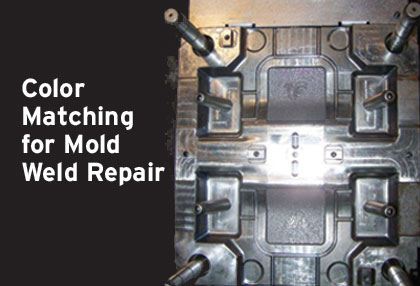
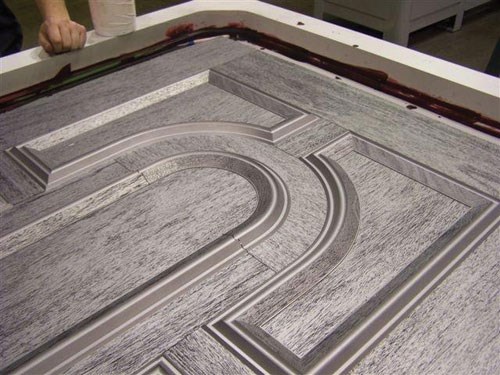



.jpg;maxWidth=300;quality=90)











